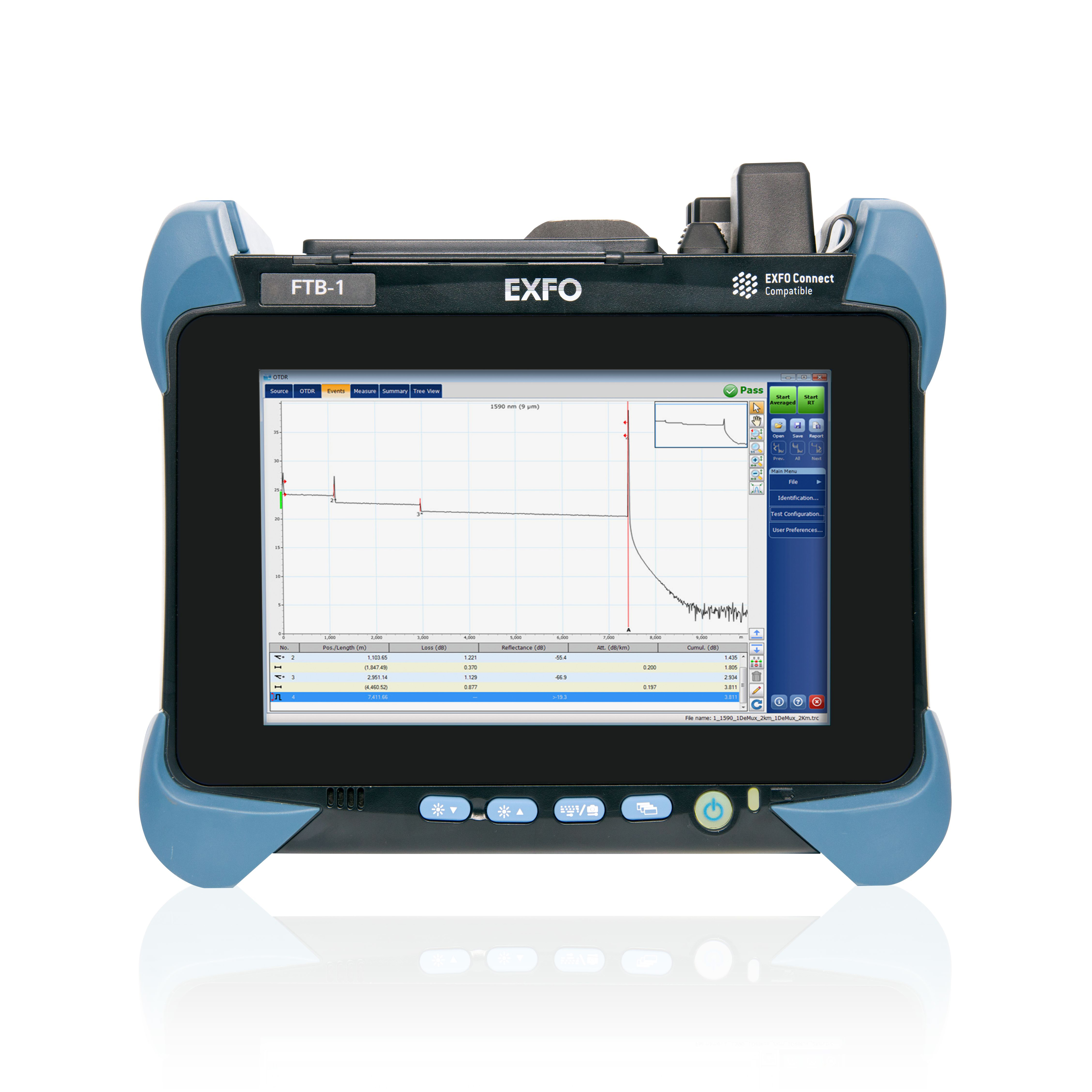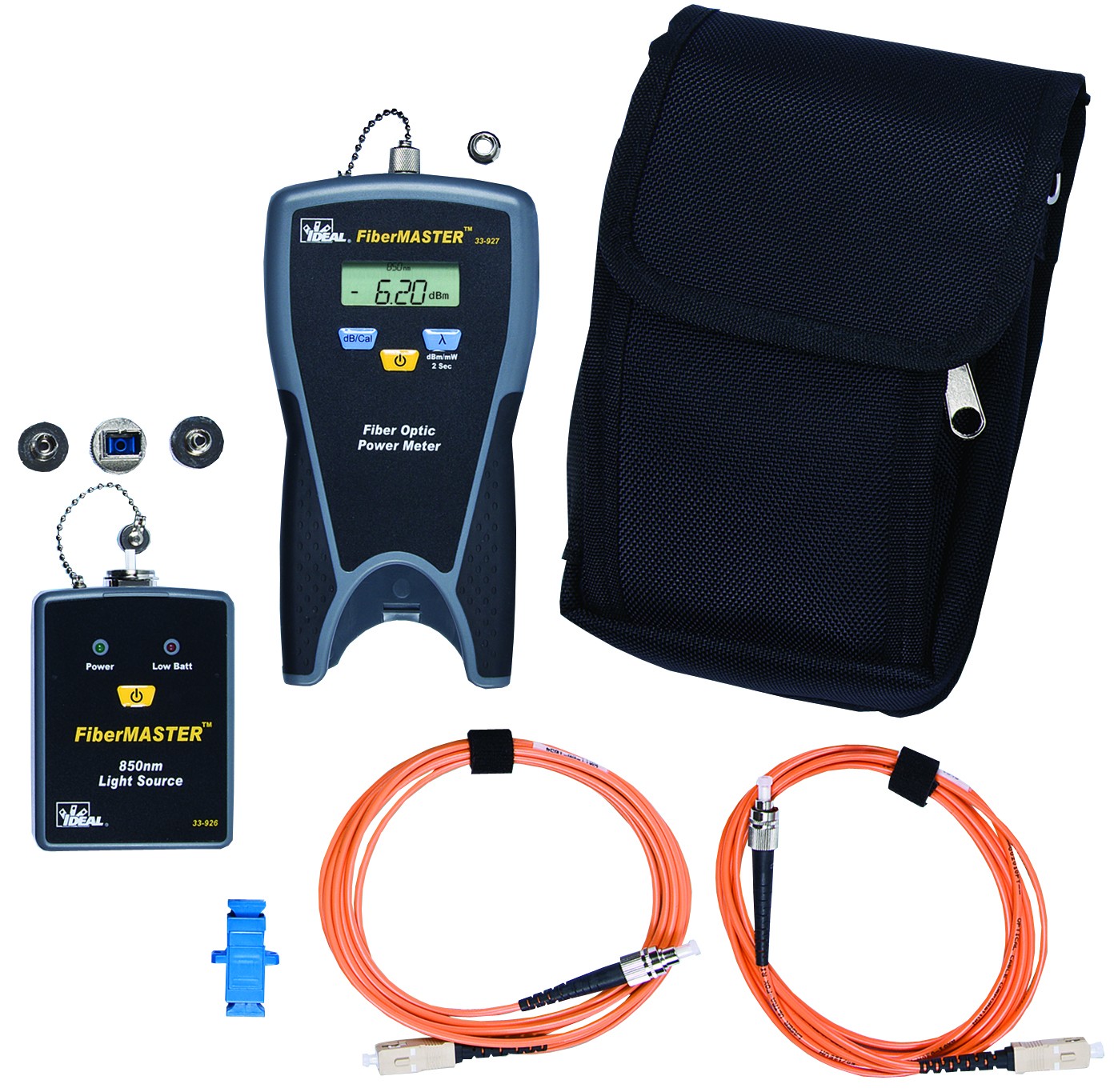A Comprehensive Guide to Optical Measurement System for Fiber Analysis
When it involves fiber evaluation, recognizing optical dimension systems is crucial for examining performance and making certain quality. You'll check out necessary methods like interferometry and spectroscopy, which help you determine crucial specifications. But there's even more to it than just these techniques; understanding attenuation measurement strategies can substantially affect your network's performance. As you browse through this overview, you'll uncover understandings that can change your strategy to optical fiber.
Recognizing Optical Measurement Equipments
When you discover optical measurement systems, you'll uncover they're crucial for evaluating fibers with precision. These systems utilize light to assess various qualities of fibers, consisting of size, refractive index, and harmony. By using techniques like interferometry and spectroscopy, you can obtain important insights into the fiber's properties.You'll find that these systems are designed to reduce errors and boost precision, guaranteeing trustworthy data for your evaluation. Various configurations, such as single-mode and multi-mode systems, satisfy certain fiber types, enabling you to select the very best fit for your needs.Moreover, the integration of advanced software application tools assists you translate the data successfully, making it much easier to recognize any kind of incongruities or defects. As you check out deeper into these measurement systems, you'll appreciate exactly how they improve the logical procedure and improve the overall quality of fiber production and testing.
Secret Criteria for Fiber Evaluation
Secret criteria for fiber evaluation play a vital role in figuring out the high quality and efficiency of fiber optics. When you assess a fiber, you'll wish to concentrate on qualities such as attenuation, bandwidth, and modal diffusion. Attenuation determines the loss of signal toughness as light travels through the fiber. A reduced depletion worth indicates better high quality and longer transmission distances - fibre testing equipment.Bandwidth describes the data-carrying capability of the fiber and is crucial for high-speed interaction. You'll need to examine the data transfer to guarantee it satisfies your application needs. Modal dispersion, which arises from the different rates at which light travels via various modes in multimode fibers, affects signal clearness
Techniques for Attenuation Measurement

Data transfer and Its Effect On Efficiency
Recognizing data transfer is vital for enhancing fiber performance, as it straight affects the amount of data that can be transferred over a network. Higher bandwidth implies you can send out more info simultaneously, allowing for faster communication and much better total performance. When you're dealing with fiber optics, it's essential to take into account how data transfer connects with fiber characteristics, such as core size and product properties.If the transmission capacity is limited, you may experience data loss or slower rates, impacting your applications. Additionally, various kinds of fibers can support differing transmission capacity levels, so it is very important to pick the ideal fiber for your certain needs.You must also keep in mind that environmental factors, like temperature and exterior interference, can influence transmission capacity. By recognizing these aspects, you can make informed choices to enhance your fiber optic systems, ensuring trusted and efficient information transmission.
Refractive Index Measurement Techniques

Total Inner Reflection
Total inner representation (TIR) functions as an essential concept for gauging the refractive index of fibers. When light trips from a denser medium to a less dense one, it can only be totally reflected if the angle of incidence goes beyond a particular threshold, known as the critical angle. This phenomenon allows you to identify the refractive index by assessing the angles at which light reflects or refracts. By utilizing an arrangement that directs light right into a fiber and determines the resulting angles, you can compute the refractive index precisely. Comprehending TIR not just boosts your fiber analysis yet also boosts the design and efficiency of optical systems. Leveraging TIR can lead to more efficient fiber-based applications.
Interferometric Strategies
Structure on the concepts of overall internal representation, interferometric methods give a powerful means for measuring the refractive index of fibers with high precision. These approaches make use of the interference patterns developed when light beams split and recombine after taking a trip different courses. You can utilize setups like the Michelson or Mach-Zehnder interferometer to evaluate phase changes triggered by adjustments in refractive index. By meticulously calibrating your system and examining the resulting fringes, you can establish the refractive index with impressive accuracy. It's important to preserve stable environmental problems to minimize mistakes. With these strategies, you'll enhance your understanding of fiber residential properties, resulting in much better efficiency in numerous applications, from telecoms to sensor technology.
Modal Diffusion and Its Importance
Modal dispersion describes the spreading of light pulses as they travel with a fiber, which can influence the general performance of the system. You'll see that this phenomenon can bring about signal distortion, impacting data transmission rates and quality. Recognizing its value is crucial for maximizing fiber optic layouts.
Definition of Modal Dispersion
In fiber optics communications, modal diffusion plays a significant function in identifying signal quality and transmission rate. It takes place when different light settings travel at varying rates via the fiber. Given that each mode has distinctive courses and features, they can get to the obtaining end at different times. This time around distinction can lead to signify spreading and distortion, which can break down the general efficiency of the communication system. You could experience modal dispersion largely in multimode fibers, where the multiple paths of light intensify the issue. Comprehending modal dispersion is crucial for maximizing fiber designs and ensuring that your communication systems run effectively, maintaining the stability of the transmitted signals over longer ranges.
Results on Fiber Efficiency
Understanding modal diffusion assists highlight its effects on fiber performance. This sensation happens when different modes of light traveling at varying speeds within the fiber, causing signify spreading over time. As you evaluate optical fibers, you'll notice that raised modal diffusion can considerably break down signal quality, causing minimized data transfer and longer transmission ranges. In practical terms, this means your information can get here altered or postponed, influencing general interaction efficiency. To reduce these impacts, you could consider making use of single-mode fibers, which minimize modal dispersion. By choosing the best fiber kind and understanding exactly how modal diffusion influences efficiency, you can improve transmission quality and warranty reliable data transfer in your optical dimension systems.
Devices and Technologies for Optical Measurements
When it comes to optical dimensions, numerous ingenious tools and innovations go to your disposal to improve fiber analysis. You'll find fiber optic testers, which evaluate signal high quality and performance, crucial for maintaining perfect network efficiency. Optical time-domain reflectometers (OTDRs) are crucial for situating mistakes and measuring loss over ranges, giving detailed insights into fiber honesty. Additionally, spectrometers can assess light ranges, aiding you identify material residential properties and composition.Don' t ignore the value of imaging systems, like electronic microscopes, that enable you to visually examine fiber surfaces for issues. Additionally, take into consideration using polarization analyzers to gauge anxiety and pressure in fibers, which is necessary for recognizing their habits under numerous conditions. By leveraging these devices and modern technologies, you can greatly enhance your fiber evaluation procedures, making sure integrity and high efficiency in your optical networks.
Frequently Asked Questions
What Are the Costs Connected With Optical Measurement Solutions?
The expenses related to optical dimension systems can differ significantly. You'll need to assess tools costs, upkeep charges, software program licenses, and possible training expenditures. Budgeting thoroughly will aid you prevent unforeseen economic obstacles down the line.

Exactly How Frequently Should Fiber Evaluation Be Performed?
You must carry out fiber evaluation routinely, commonly every 6 months or after considerable adjustments in the setting (fiber measurement). This assures optimal performance and aids identify possible problems before they impact your system's effectiveness and integrity
Can Optical Measurement Systems Be Calibrated at Home?
Yes, you can calibrate optical dimension systems in the fibre testing equipment house, but it calls for accuracy. Ensure you comply with the maker's guidelines, use proper calibration standards, and verify your outcomes to assure accuracy in your dimensions.
What Industries Commonly Utilize Optical Measurement Systems?
You'll locate optical measurement systems widely utilized in sectors such as telecoms, manufacturing, medical care, and research study. They're crucial for quality assurance, fiber analysis, and making sure accurate dimensions in numerous applications, improving performance and accuracy across markets.
Are There Any Kind Of Security Interest In Optical Measurement Equipments?
Yes, there are security worry about optical measurement systems. You should always use protective eyeglasses to secure your eyes from extreme source of lights and warranty proper training to manage devices securely and prevent accidents.